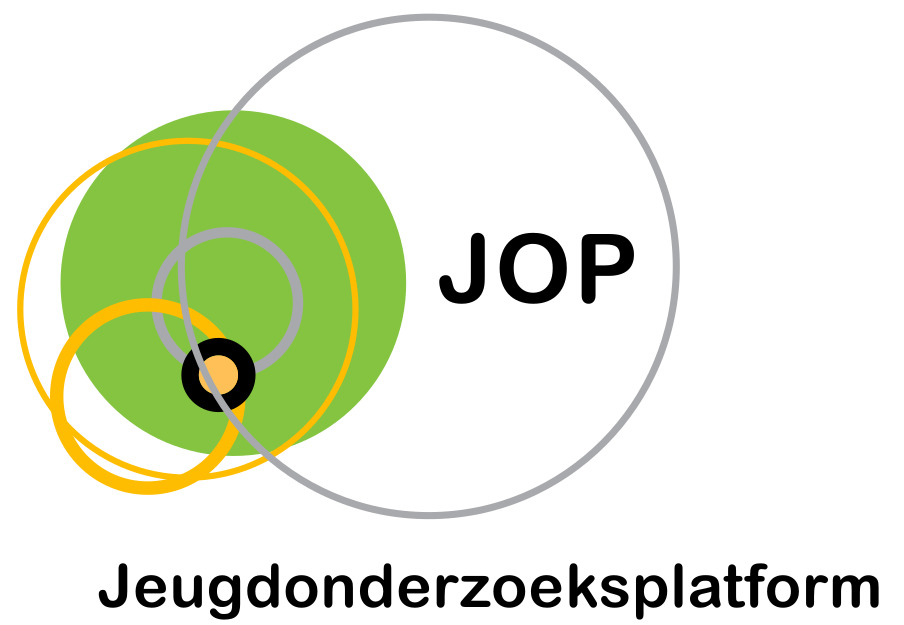Sexting : adolescents’ perceptions of the applications used for, motives for, and consequences of sexting.
Auteurs
Van Ouytsel, J., Van Gool, E., Walrave, M., Ponnet, K., & Peeters, E. (2017).

Abstract
Dit artikel gaat over het fenomeen ‘sexting’ (sturen, ontvangen of doorsturen van seksueel expliciete berichten, plaatjes of foto’s via elektronische apparaten, vaak mobiele telefoons) en hoe jongeren dit plaatsen, welke motieven zij denken dat er achter zitten, en waarom ze denken dat jongeren dit doen. Er werd gebruik gemaakt van 11 focusgroepen (jongens en meisjes gescheiden) bij in totaal 57 Vlaamse jongeren (38 meisjes). Uit de analyse bleek dat sexting voornamelijk plaatsvindt via Snapchat, dat gezien wordt als een meer intieme vorm van communicatie dan andere media. Zowel jongens als meisjes zijn van mening dat meisjes zich soms gedwongen voelen om aan sexting te doen, bijvoorbeeld uit angst om een partner te verliezen. De jongeren gaven aan dat sexting ook een chantagemiddel kan zijn. Dit is op zich interessant, want in het algemeen denken de respondenten dat meisjes minder geïnteresseerd zijn in sexting dan jongens. Ook vonden de respondenten dat er vooral voor meisjes negatieve gevolgen aan sexting kunnen zitten.
This study explores adolescents’ perceptions of applications used for sexting, the motives for engaging in sexting, and the consequences they relate to sexting behavior. We conducted 11 same-sex focus groups among 57 adolescents (66.67% females; n = 38) between 15 and 18 years old in Flanders, Belgium. The analysis revealed that sexting mostly occurs through smartphone applications, such as Snapchat, which are perceived to be a more intimate form of communication than other digital applications, such as social networking sites. Both female and male respondents observed that girls might sometimes feel pressured to engage in sexting. They did so mostly out of fear that otherwise they would lose their boyfriends. Female and male respondents mentioned three main ways in which sexting photographs could be abused: (1) they could be used to coerce or to blackmail the victim, (2) they could be distributed out of revenge after the breakup of a romantic relationship, or (3) they could be forwarded or shown to peers in order to boast about having received the digital photograph. Anecdotes, which illustrate our findings, are included in the results. Suggestions for future research and implications for practice are discussed.
Referentie
Van Ouytsel, J., Van Gool, E., Walrave, M., Ponnet, K., & Peeters, E. (2017). Sexting : adolescents’ perceptions of the applications used for, motives for, and consequences of sexting. JOURNAL OF YOUTH STUDIES, 20(4), 446–470.
Taal
Engels
Publicatievorm
Tijdschriftartikel
ISBN – DOI
Print ISSN: 1367-6261 Online ISSN: 1469-9680
Trefwoord(en)
Sexting, adolescenten, dating, sociale media, snapchat
